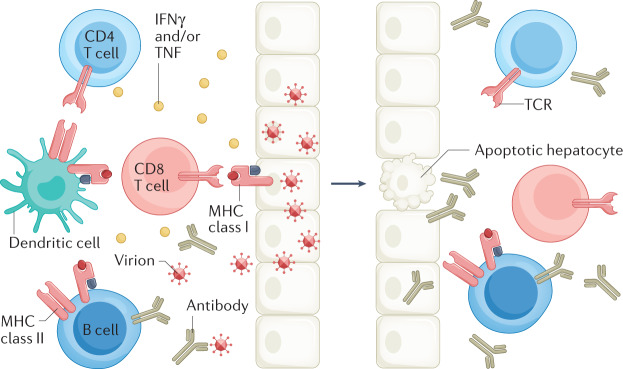Fig. 3. Adaptive immune responses against HBV.
Control of hepatitis B virus (HBV) infection requires both cellular (CD4+ and CD8+ T cells) and humoral (antibody production by B cells) arms. Using both cytolytic and cytokine-mediated non-cytolytic mechanisms and major histocompatibility (MHC) class I and class II antigen recognition, CD8+ T cells have a primary effector role to kill and cure HBV-infected hepatocytes7,114. CD4+ T cells have a key regulatory role144,183. Neutralizing antibodies to hepatitis B surface antigen (anti-HBsAg) bind circulating virus, thereby reducing viral spread and providing protective immunity184. A key role for B cells in protective immunity to HBV has also been suggested by the high rate of HBV reactivation in patients undergoing B cell depletion with anti-CD20 (ref.185). IFNγ, interferon-γ.

